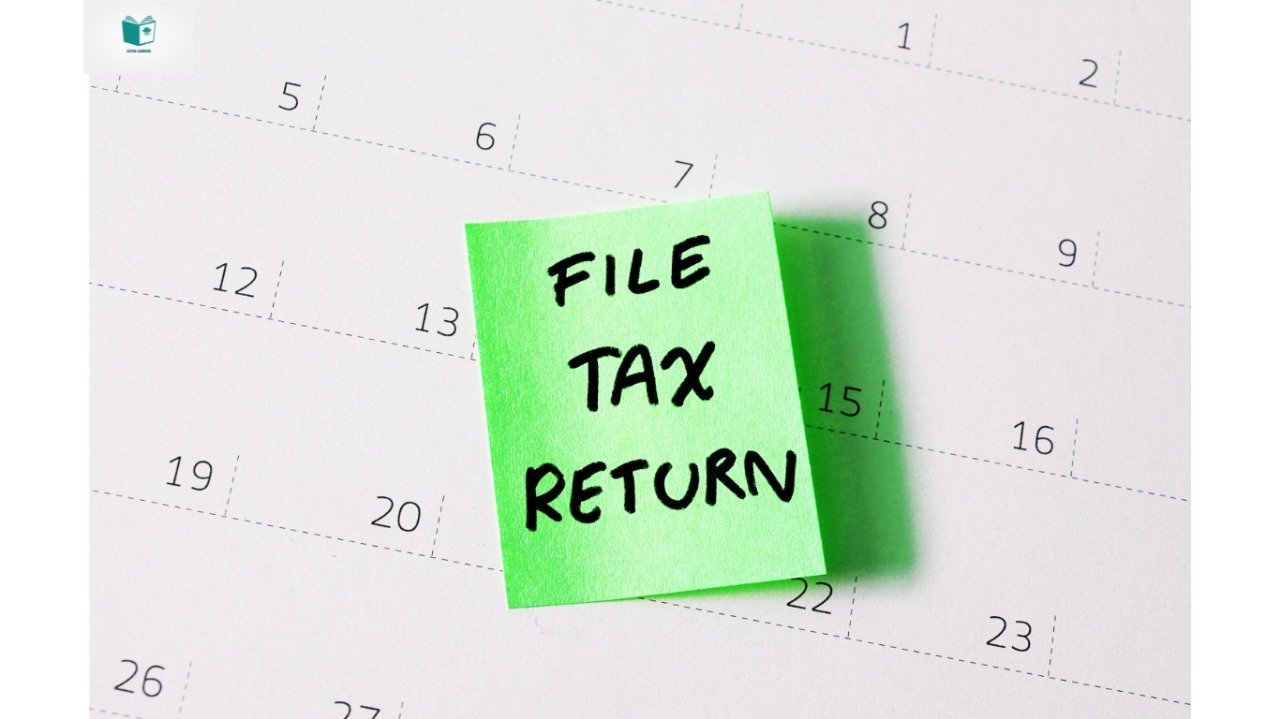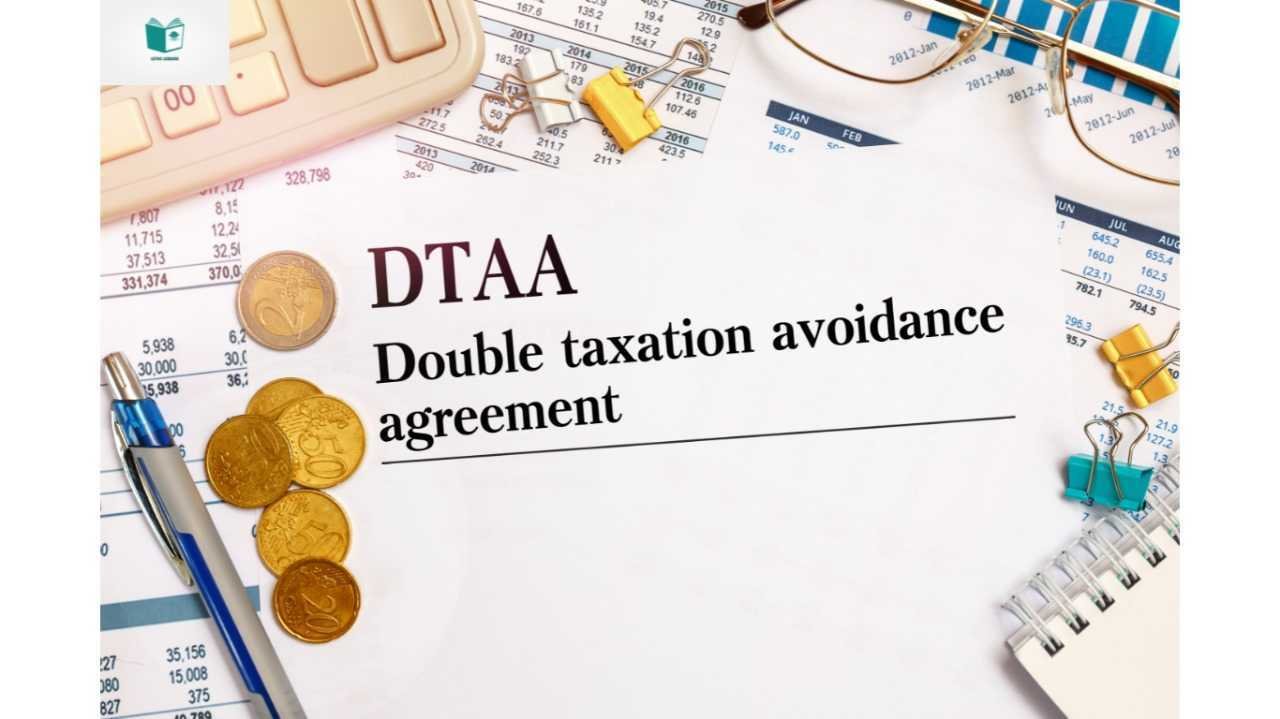Blog Details
Dive into our insightful blog, where financial expertise meets practical guidance. Explore articles on accounting, taxation,

Dec 06, 2024
Annual FLA Return Filing under FEMA: A Comprehensive Guide

Annual FLA Return Filing under FEMA: A Comprehensive Guide
The Annual FLA (Foreign Liabilities and Assets) Return is a critical compliance requirement under FEMA (Foreign Exchange Management Act) for all Indian entities with foreign liabilities or assets. Beyond compliance, this filing contributes to the Reserve Bank of India's (RBI) macroeconomic analysis and policy-making. This guide delves into the importance of the FLA Return, outlines the detailed filing process, and highlights common errors with actionable solutions.
Why the FLA Return is Important Annual FLA Return Filing under FEMA: A Comprehensive Guide
1. Regulatory Compliance
- Mandatory under FEMA for entities with foreign direct investment (FDI), overseas direct investment (ODI), or external commercial borrowings (ECBs).
2. Macroeconomic Analysis
- The RBI uses FLA data to assess India’s external debt, foreign investment trends, and international financial standing.
3. Data Confidentiality
- The RBI's FLAIR (Foreign Liabilities and Assets Information Reporting) system ensures secure data transmission and confidentiality.
4. Avoidance of Penalties
- Non-compliance can lead to monetary fines under FEMA and impact business credibility.
5. Improved Credibility and Growth Potential
- Accurate and timely filing enhances credibility with regulators and stakeholders, aiding in securing foreign investments.
Step-by-Step Filing Process
Filing the FLA Return via the FLAIR system is straightforward if approached methodically:
1. Determine Eligibility
- Entities with FDI, ODI, or ECB transactions during the previous financial year must file the FLA Return.
- LLPs and partnership firms engaged in foreign transactions are also required to comply.
2. Register on the FLAIR Portal
- First-time users must register on the RBI’s FLAIR system with entity details. Existing users can log in with their credentials.
3. Prepare Financial Data
- Gather the following financial data for the reporting year:
- Paid-up capital and foreign holdings.
- Reserves and surplus.
- ECB details.
- ODI details.
- Any other foreign liabilities or assets.
4. Access the FLA Return Form
- Log in to the FLAIR system, navigate to the “Annual FLA Return” section, and download the return template.
5. Complete the Form
- Fill out the return with accurate financial details, ensuring consistency with audited or provisional financial statements.
- Entities with unaudited accounts can submit provisional figures with a note that audited data will follow.
6. Submit Online
- Submit the filled form via the FLAIR system before the July 15 deadline. Download the acknowledgment for records.
7. File Revised Returns (if applicable)
- If audited financials differ from the submitted figures, file a revised return by September 30.
Common Errors and How to Avoid Them
1. Late Filing
- Issue: Missing the July 15 deadline or failing to file revised returns by September 30.
- Solution: Set calendar alerts and begin preparation early to avoid last-minute delays.
2. Data Inconsistencies
- Issue: Discrepancies between FLA data and audited financial statements.
- Solution: Cross-verify data with financial records and involve auditors in the review process.
3. Misclassification of Transactions
- Issue: Incorrectly reporting FDI, ODI, or ECB data.
- Solution: Understand FEMA guidelines or consult experts for accurate reporting.
4. Failure to Register on FLAIR
- Issue: Overlooking the need to register on the FLAIR portal before filing.
- Solution: Complete the registration process as soon as FLA filing becomes applicable.
5. Outdated Templates or Guidelines
- Issue: Using obsolete forms or failing to comply with recent RBI notifications.
- Solution: Regularly check the RBI website for the latest updates and templates.
Consequences of Non-Compliance
1. Financial Penalties
- FEMA imposes monetary fines for late or incorrect filings.
2. Reputational Damage
- Non-compliance can affect the company’s credibility with regulators and investors.
3. Regulatory Scrutiny
- Persistent non-compliance may lead to heightened scrutiny of the entity’s foreign transactions.
Why Choose Lotus Ledgers LLP?
Accurate and timely FLA Return filing demands in-depth knowledge of FEMA regulations and meticulous data handling. At Lotus Ledgers LLP , we provide:
- Comprehensive Support: From data collection to online submission via the FLAIR system.
- Accuracy Assurance: Cross-checking all financial data with audited statements to prevent errors.
- Timely Filing: Ensuring all deadlines are met to avoid penalties.
- Tailored Solutions: Customizing our approach to suit your entity’s specific needs and complexities.
Simplify FLA Filing with Lotus Ledgers LLP
Navigating the complexities of FLA Return filing is easier with expert guidance. Let us handle your compliance needs while you focus on growing your business.
Contact Lotus Ledgers LLP today for a free consultation and learn how we can simplify your regulatory obligations.
Explore more insights into FEMA compliance and financial management in our [blog section](https://lotusledgers.com/blogs).
Categories
Recent Blogs
Make Lotus Ledgers Part Of Your Work And Get Daily Update




